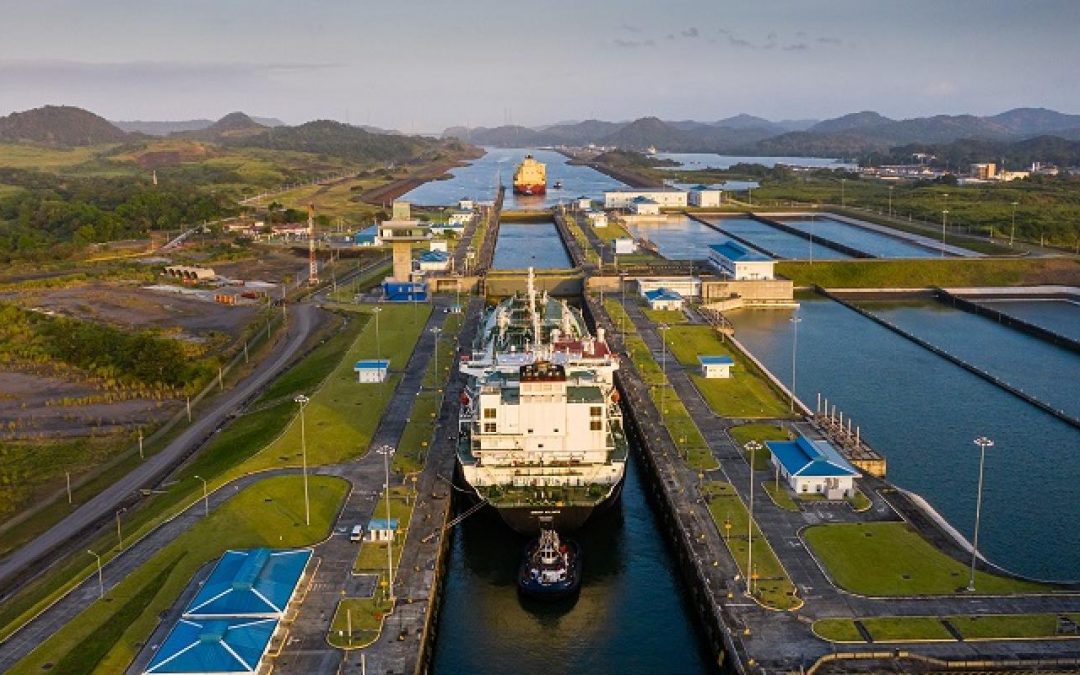Despite a recent announcement that the Panama Canal Authority is set to add a slot for daily transits through the canal’s Neopanamax locks, US LNG shippers remain focused on the Cape of Good Hope route to reach Asia as the canal authority works to reach pre-drought operation levels.
Daily transits through the canal’s Neopanamax locks will increase from seven to eight June 1, the authority said in a shipping notice April 15.
The additional slot will be added to period 2, corresponding to bookings made eight to 14 days before the desired transit date, which currently only has one slot. LNG vessels can only use the slots allocated to period 1A and period 2, the authority previously told S&P Global Commodity Insights. The two slots allocated to period 1A, for bookings made 15 to 30 days in advance, is set to remain unchanged, based on the notice.
Platts, part of S&P Global Commodity Insights, assessed Atlantic TFDE day charter rates at $33,000/d and two stroke carrier rates at $44,500/d April 18. Similarly, in the Pacific Basin, TFDE carrier day rates were assessed at $36,500/d and two stroke carrier rates at $50,500/d.
‘Cheap enough’ option
“Gas prices are still low, while tonnage is still cheap,” one European shipbroker said. “Vessels go around the Cape of Good Hope because not only is it the only option, but also because it is cheap enough.”
Other market sources indicated that the slot added by the canal authority will not necessarily be attractive for all stakeholders, saying some market participants will still avoid this route.
“Traders will avoid the Panama Canal, while the end-user, i.e., those who mostly keep cargo for their own use, will start using it,” one Asia-based shipbroker said. “Like Korean and Japanese players.”
Current forecasts indicate that steady rainfall will arrive in late April and continue for some months, the canal authority said in a previous notice. The authority plans to gradually ease transit restrictions if the forecasts are accurate so that the waterway can fully normalize by 2025.
Cape of Good Hope passage
The Cape of Good Hope route’s popularity for US LNG exporters looking to reach Asia has increased sharply in 2024, with the number of cargoes making the voyage reaching a record in March at 27, according to S&P Global Commodity Insights data.
US LNG exporters have turned to this route, which is the longest option to reach Asia, following a historic drought in Panama and attacks on ships in the Bab al-Mandab Strait by Houthi rebels in Yemen since October
The cape continues to see higher-than-normal activity by US LNG exporters, with 18 cargoes transiting through the passage thus far in April, compared with just three for the whole month in 2023.
While US exporters have had to pivot to other trade passage options to reach Asia, the majority of US LNG cargoes continue to reach Europe.
The Platts Gulf Coast Marker for US FOB cargoes loading 30-60 days forward was assessed at $9.29/MMBtu April 18, up 27 cents/MMBtu on the day.
Source: Hellenic Shipping News





